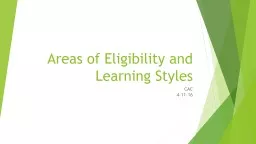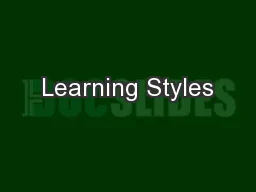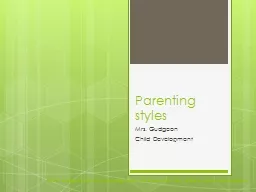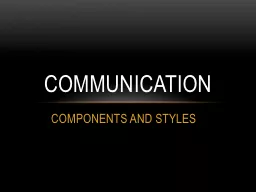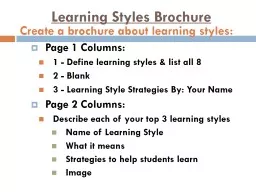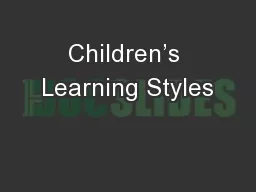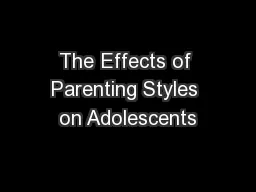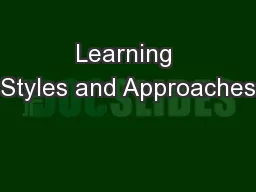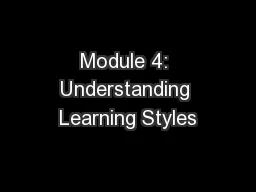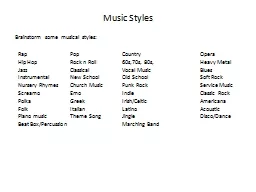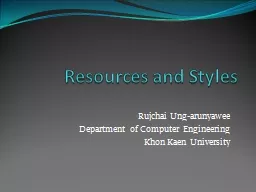PPT-Areas of Eligibility and Learning Styles
Author : faustina-dinatale | Published Date : 2020-04-04
CAC 41116 Legal Considerations Individuals with Disabilities Education Act IDEA defines the 13 eligibility categories of special education In order to qualify for
Presentation Embed Code
Download Presentation
Download Presentation The PPT/PDF document " Areas of Eligibility and Learning Style..." is the property of its rightful owner. Permission is granted to download and print the materials on this website for personal, non-commercial use only, and to display it on your personal computer provided you do not modify the materials and that you retain all copyright notices contained in the materials. By downloading content from our website, you accept the terms of this agreement.
Areas of Eligibility and Learning Styles: Transcript
Download Rules Of Document
" Areas of Eligibility and Learning Styles"The content belongs to its owner. You may download and print it for personal use, without modification, and keep all copyright notices. By downloading, you agree to these terms.
Related Documents

